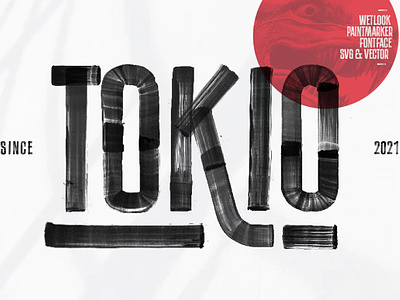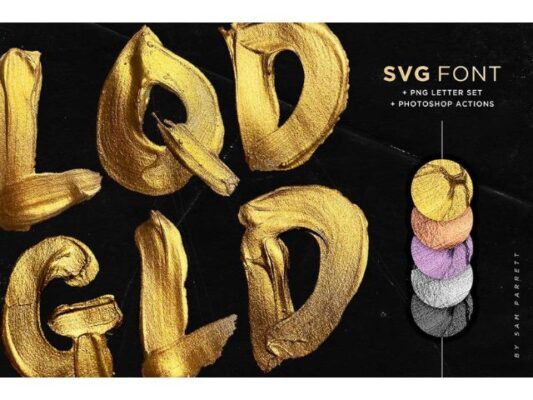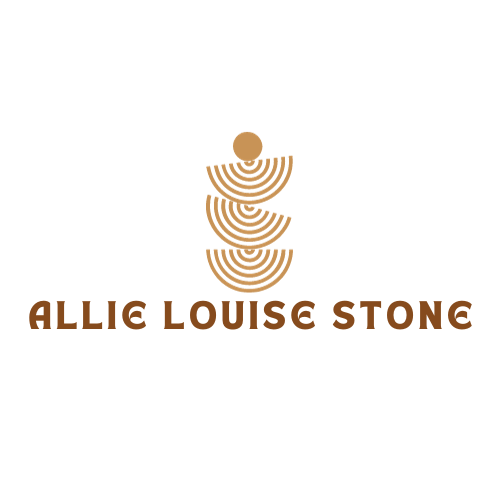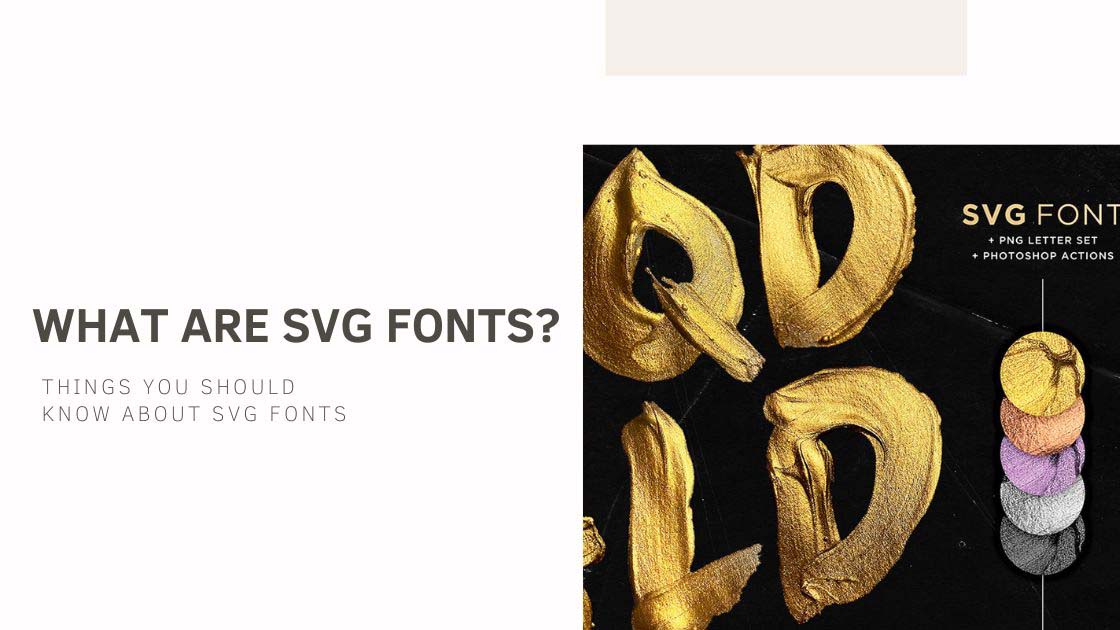In this comprehensive exploration, we will unravel the mysteries of SVG fonts, delving into their foundational concept of scalability, the XML-based structure defining their essence, the intricacies of individual glyph paths, and the evolving landscape of SVG fonts in the modern web development arena.
SVG fonts enable designers and developers to create visually appealing and consistent typography across different devices, ensuring a positive user experience. The vector nature of SVG fonts empowers them to gracefully adjust to the demands of modern, fluid web layouts, where responsiveness is a key consideration.
Contents
- 1 XML-based Format: The Blueprint of SVG Fonts
- 2 Individual Glyph Paths: Crafting Characters with Precision
- 3 Deprecated Status: A Shift in Font Technology Paradigm
- 4 Limited Typography Features: Evolution Beckons
- 5 Compatibility Challenges: Navigating the Web Browser Terrain
- 6 Use Cases: Resilience in Niche Applications
- 7 Navigating the Dynamic Terrain of SVG Fonts
XML-based Format: The Blueprint of SVG Fonts

SVG fonts find their foundation in the extensible Markup Language (XML), a versatile and widely adopted markup language. This XML-based structure serves as the blueprint for SVG fonts, providing a standardized and human-readable representation of font data.
Within the XML structure, each glyph is meticulously defined as an SVG path element. This organized approach not only facilitates easy comprehension but also opens the door to manipulation and customization. The XML foundation ensures interoperability and ease of integration into various web development workflows.
Individual Glyph Paths: Crafting Characters with Precision
The beauty of SVG fonts lies in the detailed definition of each character, achieved through individual glyph paths. Each character in an SVG font is represented as a series of SVG path elements, encoding the intricate details of its shape.
Deprecated Status: A Shift in Font Technology Paradigm
While SVG fonts were once an integral part of the SVG specification, their prominence has waned over time. Modern web browsers have shifted their support towards more advanced font formats such as Web Open Font Format (WOFF) and TrueType fonts. This shift is driven by the need for improved performance, enhanced typographic features, and broader compatibility with contemporary web standards.
Limited Typography Features: Evolution Beckons
SVG fonts, although groundbreaking in their time, exhibit limitations when compared to modern font formats. The absence of advanced typographic features such as ligatures, kerning, and variable fonts positions SVG fonts as a relic of the past in the context of contemporary web typography.

The limitations of SVG fonts have spurred the development and adoption of more feature-rich font formats, allowing web designers and developers to explore a broader range of typographic possibilities. TrueType, OpenType, and variable fonts now take the spotlight, offering a wealth of typographic enhancements that cater to the diverse needs of today’s web projects.
The evolution of web standards and browser technologies has inevitably impacted the compatibility of SVG fonts.
Major web browsers no longer provide direct support for SVG fonts, prompting developers to transition to more widely supported formats for consistent cross-browser compatibility.
Navigating these compatibility challenges requires a strategic approach, with developers increasingly leaning towards formats like WOFF and TrueType that ensure a seamless and reliable rendering of fonts across various browsers and devices. As the web development landscape continues to evolve, adaptability and compatibility remain paramount considerations in font selection.
Use Cases: Resilience in Niche Applications
Despite their deprecated status and limited typographic features, SVG fonts continue to find relevance in niche applications. Projects that prioritize vector-based characters and emphasize scalability may leverage the unique qualities offered by SVG fonts.

In specific use cases, such as projects with a focus on interactive and dynamic graphics, SVG fonts may still play a role. The adaptability of SVG fonts to varying display sizes makes them suitable for applications where responsive design and visual consistency are paramount.
In conclusion, SVG fonts stand as a testament to the evolution of web typography. Their scalability and vector-based nature have left an indelible mark on the historical trajectory of font technologies. While the deprecated status of SVG fonts signals a shift towards more advanced alternatives, their unique attributes make them resilient in specific applications.
As we navigate the dynamic terrain of web development, it becomes imperative to not only acknowledge the historical significance of SVG fonts but also to stay abreast of evolving technologies. In this ever-changing landscape, the journey of SVG fonts serves as a valuable chapter in the ongoing narrative of web typography.

